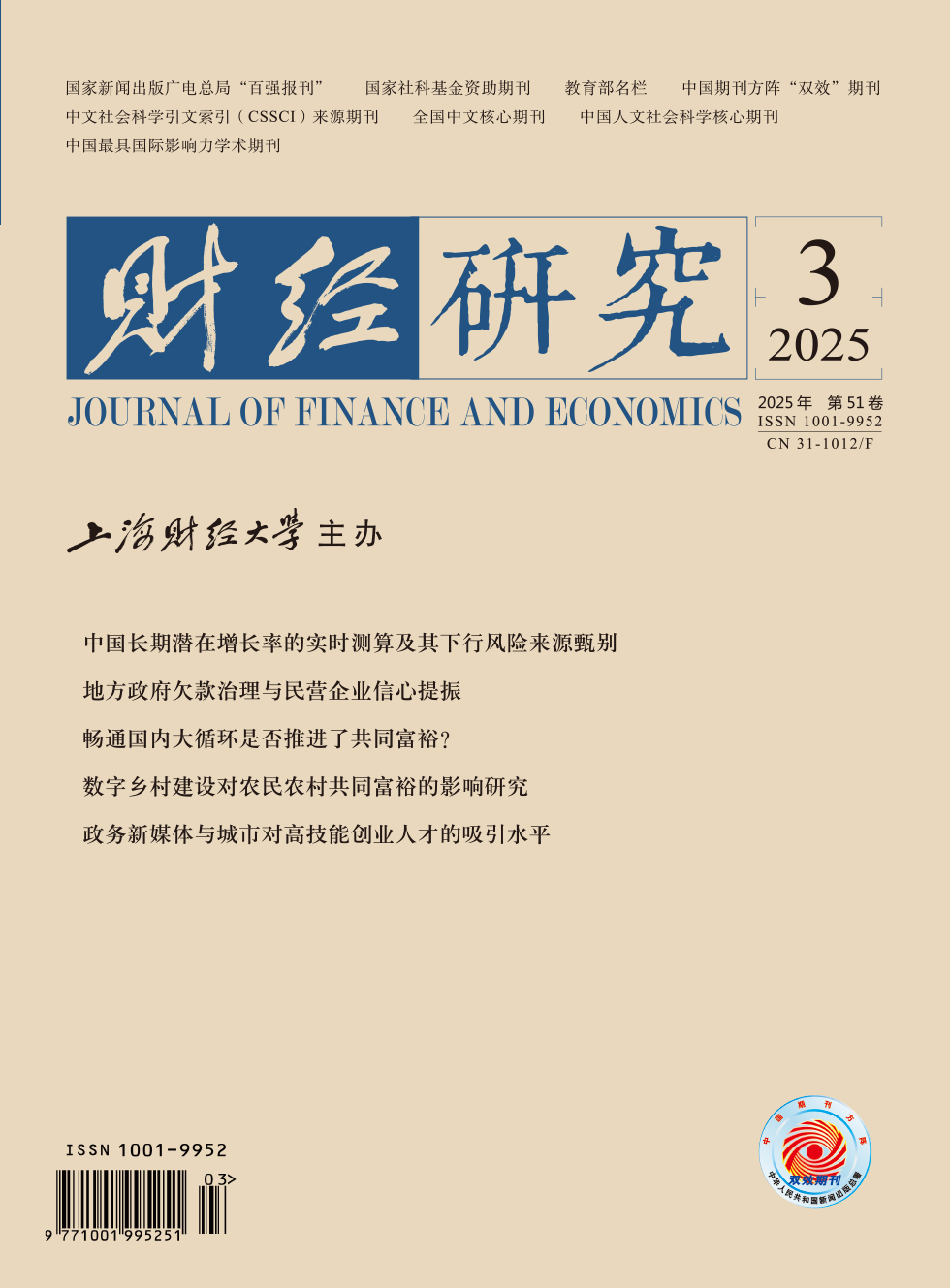Addressing the bottlenecks and key issues in the process of supply-chain digitalization is crucial for achieving lean supply-chain management and promoting the coordinated development of supply chains. This paper focuses on the mechanisms, boundaries, and consequences of the impact of supply-chain digital divide on supply-demand imbalance, providing empirical evidence and theoretical guidance for alleviating supply-demand imbalance and promoting the high-quality development of supply chains.
The study finds that supply-chain digital divide exacerbates the supply-demand imbalance in supply chains. Specifically, the process of this impact occurs as supply-chain digital divide increases the information asymmetry, resource asymmetry, and capability asymmetry between upstream and downstream enterprises. Heterogeneity analysis based on supply-chain characteristics indicates that under the conditions of strong centrality in supply-chain networks, close geographical distance in supply chains, and a large trade scale in supply chains, the impact of supply-chain digital divide on the supply-demand imbalance in supply chains is more pronounced. Economic consequence analysis for individual enterprises shows that both upstream supplier enterprises and downstream customer enterprises need to bear greater operational risks due to the impact of supply-chain digital divide on the supply-demand imbalance in supply chains.
The contributions of this paper are as follows: First, while existing research focuses on enterprise digital transformation and its spillover effects, less attention is given to the supply-chain digital divide. This paper addresses this gap, highlighting the need for collaborative digital transformation. Second, it explores how the supply-chain digital divide impacts supply-demand relationships, identifying barriers and providing theoretical guidance on mitigating imbalances by bridging the divide. Third, unlike prior studies that rely on fluctuation ratios to measure supply-demand imbalance, this paper refines the measurement method, ensuring more accurate and consistent interpretations, thereby offering a more precise tool for future research.





 2970
2970  3338
3338

